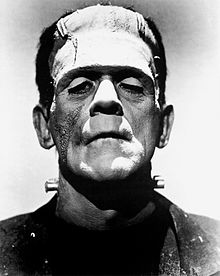What is Electronic Mail?
 Electronic mail is a modern method of instant delivery of letters without the involvement of a postman. In this system of mailing, messages are sent with the help of a computer.
Electronic mail is a modern method of instant delivery of letters without the involvement of a postman. In this system of mailing, messages are sent with the help of a computer.In the electronic mail system a letter or any other document is typed and edited on a computer. It is then sent to the addressee through a computer network in the form of electrical signals. The addressee may be anywhere in the world but he should also have an electronic mail system. The contents of the transmitted letters or documents get displayed on the screen of the computer of the addressee. If he desires, he can get the message printed. If the addressee is absent, the transmitted matters will be automatically stored in the computer’s memory. When he returns the computer will give an indication that some mail is waiting for him.
With the help of electronic mail system both typed and handwritten matters can be transmitted. Electronic mail is very fast and saves time and paper work but at present it is very costly. It needs a satellite, telephone and cable links with television, voice and computer data telecommunications. The electronic mail system has so far not been feasible for individual households. This system is being used by developed countries on a large scale.
Email is widely used in Internet Services. It is also connected to other systems in which exchange of Email are being made effectively.


 The ‘sundew plants’ have hair on their leaves. The tips of these hairs have droplets of a liquid which appear very attractive. As soon as some insect is attracted towards a leaf, these hairs bend forward, capture the insect and digest it with the help of their own juice. The digested flesh is absorbed through their leaves. After that the hairs again become normal.
The ‘sundew plants’ have hair on their leaves. The tips of these hairs have droplets of a liquid which appear very attractive. As soon as some insect is attracted towards a leaf, these hairs bend forward, capture the insect and digest it with the help of their own juice. The digested flesh is absorbed through their leaves. After that the hairs again become normal.